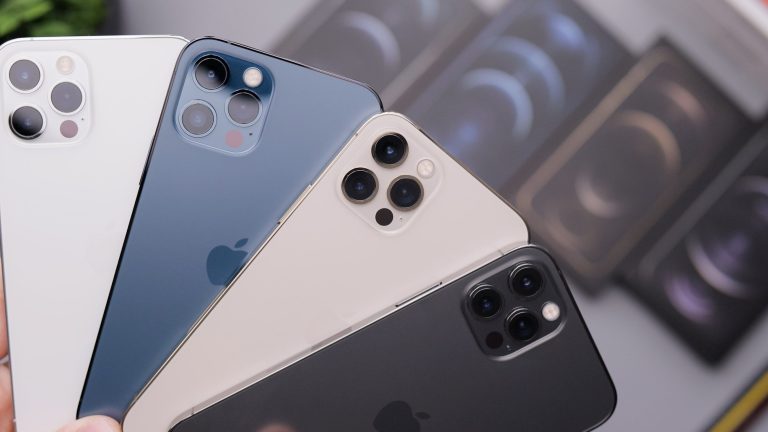Microrobots are becoming more and more perfect. They can replace dying bees

Scientists at the University of Washington are working on the smallest, lightest and fastest microrobots ever created. This type of devices, modeled on mechanisms known from nature, are an increasingly important field of robotics.
They have more and more applications in various industries. Microrobots may be the answer, among others: for the purposes of conducting rescue operations. It may turn out that some of these technologies will have to replace, for example, bees that are at risk of extinction in the future. Other applications involve microrobotic surgery and the desire to deliver drugs directly to the source of a disease state.
– Microrobots are intelligent machines ranging in size from a millimeter to a centimeter that can move around the environment and perform complex tasks. Their action is based on many different mechanisms. The robots I work on are based on shape memory alloys (SMA), i.e. special alloys that shrink to their previous stored state when heated, and return to their previous state after cooling, stretching and reheating. By using this mechanism in the executive modules, we can cause the robot to move – says Conor Trygstad, a PhD student at the Laboratory of Autonomous Microrobotic Systems at the University of Washington, in an interview for the Newseria Innowacje agency.
The robots in question are the smallest, lightest and fastest microrobots ever created. MiniBug weighs 8 mg and WaterStrider weighs 55 mg. They can move at a speed of about 6 mm/s. It is true that this is less than the insects on which they were modeled, but still a lot compared to other microrobotic technologies. In preliminary tests, the actuators created by WSU scientists can lift more than 150 times their own weight. Compared to other technologies used to make robots move, SMA technology also requires only a very small amount of electricity or heat to set them in motion.
– Microrobots are small, so they have access to elements that many traditional robots cannot reach. This is very important in the case of inspections, for example, of engines or turbines in factories – they do not need to be dismantled to perform an inspection using a larger robot, it is enough to use a smaller robot that will fit inside the device without having to disassemble it, argues Conor Trygstad.
Flying microrobots can be successfully used for artificial pollination, which is very important because the population of pollinating insects may one day become extinct. Data from the European Commission show that the number of wild pollinating insects is rapidly decreasing due to human activity. More than 40 percent are at risk of extinction. insect species, including bees. In 2020, the World Economic Forum identified biodiversity loss as one of five long-term global threats.
Another potential application of microrobots is environmental monitoring. The WaterStrider robot is expected to prove its worth in this area.
– This robot can sail through areas such as river deltas or other vulnerable ecosystems and perform specific tasks related to environmental protection or conduct geographical mapping – the scientist points out.
One of the most important fields in which robotics is developed, both on a micro and macro scale, is medicine. Microrobotics holds hopes for the possibility of administering drugs directly to the affected area. Thanks to this, it will be possible to significantly reduce or even almost eliminate the systemic effects of active substances. This is especially important when we are dealing with very burdensome treatment, e.g. in cancer therapy. Microrobotics is also a chance for non-invasive surgical interventions.
– In turn, in search and rescue operations, robots could get under the rubble to locate people trapped under them and speed up their release – adds Conor Trygstad.
However, the possibility of equipping robots the size of flying insects with sound or image recording devices, which would be needed in the case of rescue missions, is questionable. The idea is to spy on people in an almost unnoticeable, but very effective way, without the need to install wiretaps.
– Microrobots do not pose any additional threat to privacy that would go beyond the existing threats. Camera and microphone technologies are now very advanced and can be placed in a variety of places. I don't think microrobots pose any additional threat, the expert says.
The most important challenge that scientists developing microrobot technology will have to face is their internal power supply. The energy density of currently available batteries is insufficient compared to the needs.
According to Future Market Insights, the global microrobot market will generate USD 27 billion in 2022. revenues. A year later, the amount increased to almost $32 billion. By 2033, turnover is expected to increase more than fivefold – to over USD 159 billion.






